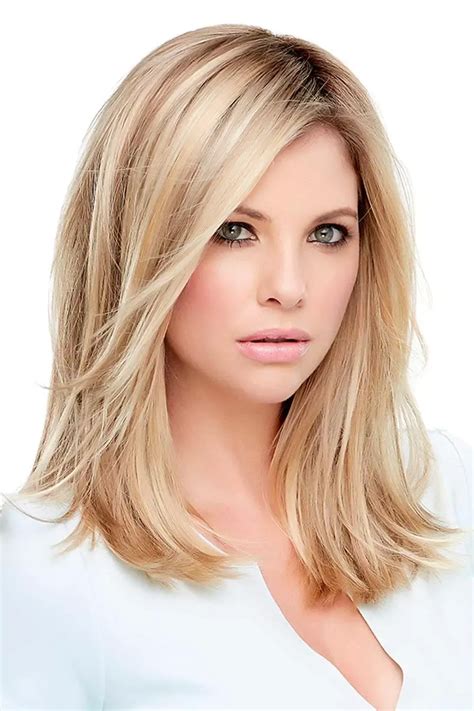Hair loss affects millions of women worldwide, impacting their confidence and self-esteem. Fortunately, hair toppers offer a discreet and effective solution, providing instant volume and coverage.

Choosing the Best Hair Topper
Consider these factors when choosing a hair topper:
- Hair Type and Color: Match the topper to your natural hair texture and color for a seamless blend.
- Base Type: Select a base material that suits your needs, such as lace, monofilament, or silk.
- Size and Shape: Determine the right size and shape to cover the area of hair loss.
- Hair Length and Density: Choose a topper with the desired length and density to achieve your preferred look.
Top 10 Hair Toppers
- Volume Booster Clip-In Hair Topper: Instant volume and coverage in minutes.
- Full Coverage Monofilament Hair Topper: Provides a natural-looking scalp and full coverage.
- Natural Silk Hair Topper: Luxurious feel and exceptional breathability.
- Hand-Tied Base Hair Topper: Mimics the natural growth pattern of hair, creating a realistic appearance.
- Frontlace Hair Topper: Allows for versatile styling options, including ponytails and updos.
- Custom-Made Hair Topper: Tailored to your specific hair needs and preferences.
- Human Hair Topper: Natural and healthy-looking hair that can be styled and treated like your own.
- Synthetic Hair Topper: Affordable and durable option with a wide range of colors.
- Heat-Resistant Hair Topper: Can be styled with heat tools for versatile styling options.
- Daily Wear Hair Topper: Designed for everyday use, offering comfort and a natural look.
Table 1: Hair Topper Base Types
| Base Type | Pros | Cons |
|---|---|---|
| Lace | Natural-looking and breathable | Can be more delicate |
| Monofilament | Lightweight and airy | May be visible under certain lighting |
| Silk | Luxurious and comfortable | Expensive and requires delicate care |
Table 2: Hair Topper Sizes
| Topper Size | Suitable for |
|---|---|
| Petite | Small areas of hair loss |
| Medium | Moderate areas of hair loss |
| Large | Large areas of hair loss or full coverage |
Table 3: Hair Topper Hair Types
| Hair Type | Pros | Cons |
|---|---|---|
| Human Hair | Natural and healthy-looking | More expensive |
| Synthetic Hair | Affordable and durable | Less natural-looking |
| Remy Hair | High-quality human hair with hair cuticles aligned | Expensive |
Table 4: Hair Topper Maintenance Strategies
| Maintenance Strategy | Benefits |
|---|---|
| Regular Brushing | Prevents tangles and maintains a natural look |
| Deep Conditioning | Nourishes and strengthens the hair |
| Heat Styling Limit | Preserves the integrity of the hair |
| Proper Storage | Protects the hair topper from damage |
How to Apply a Hair Topper Step-by-Step
- Part your hair to expose the area of hair loss.
- Clip the hair topper to your hair using the attachment clips.
- Adjust the position and blend the topper with your natural hair.
- Style your hair as desired.
Pros and Cons of Hair Toppers
Pros:
- Instant volume and coverage
- Conceals hair loss discreetly
- Wide range of styles and colors
- Can be customized to fit specific needs
Cons:
- Requires maintenance and care
- Can be expensive
- May not be suitable for all types of hair loss
Innovations in Hair Toppers
Smart Toppers: Hair toppers with built-in sensors that track hair growth and adjust the topper’s position accordingly.
Magnetic Toppers: Toppers that attach to your hair magnetically, allowing for easy attachment and removal without damaging your natural hair.
Virtual Try-On Tool: Online tools that allow you to virtually try on different hair toppers and see how they will look on your hair.
Conclusion
Hair toppers empower women to regain their confidence and embrace their beauty. By choosing the right hair topper for your individual needs and preferences, you can achieve a natural-looking and voluminous hairstyle that enhances your well-being.
